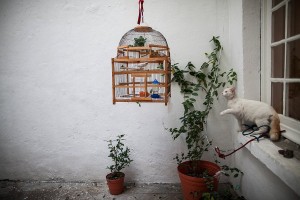January 14 – 18, 2013
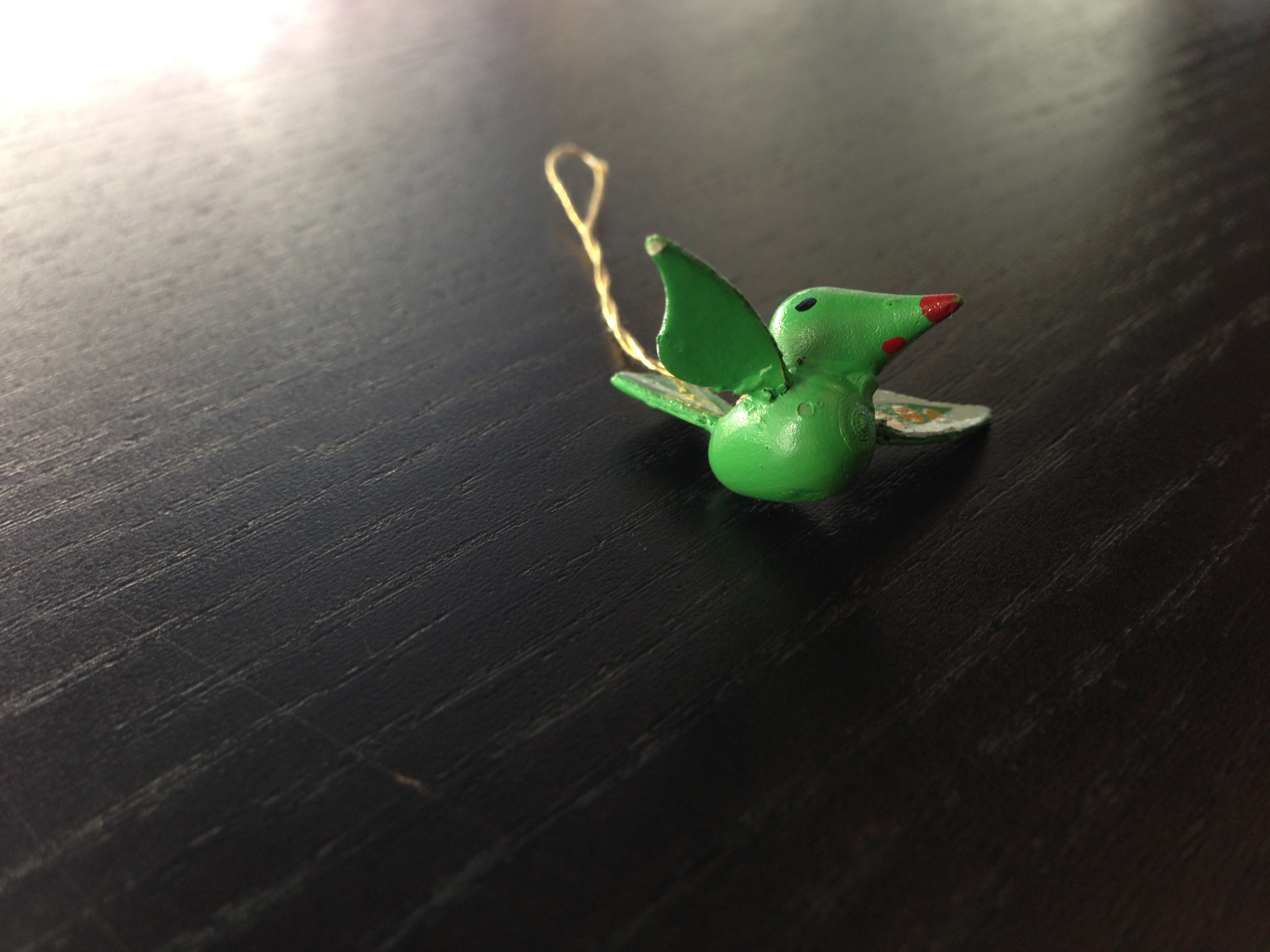
Cameron discovers the etymology of anatomy: know why the top vertebra in the neck is called the atlas? Sure you do. “There’s something delightful about coming across unfamiliar words for all the things that move me through the day,” she says.
A swarm of starlings is called a murmuration. “No other phenomenon has ever stopped me in my tracks quite like this,” says Christie, “made me forget everything else in the world except the brief moment of grace unfolding before me.” Commenters recommend astounding videos.
Guest Brooke Borel picks up a tiny pee-soaked wooden bird and wonders why. Because of its eyes and little smile? Yes, say the commenters, yes, yes, yes.
I swear and declare I’m not writing about women astronomers any more. Not that they don’t face stupidities that need to be kept public. Only that I’m declaring astronomy a non-gender science. Smart commenters argue with me.
The chemicals of sex, love, attachment, and divorce can be made. The question is, should they be? And if so, says Jessa, by whom should they be used and on whom? I vote no: those chemicals cause enough trouble without more of them running around loose.

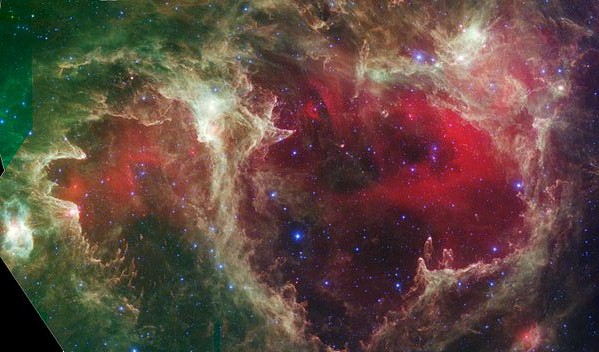
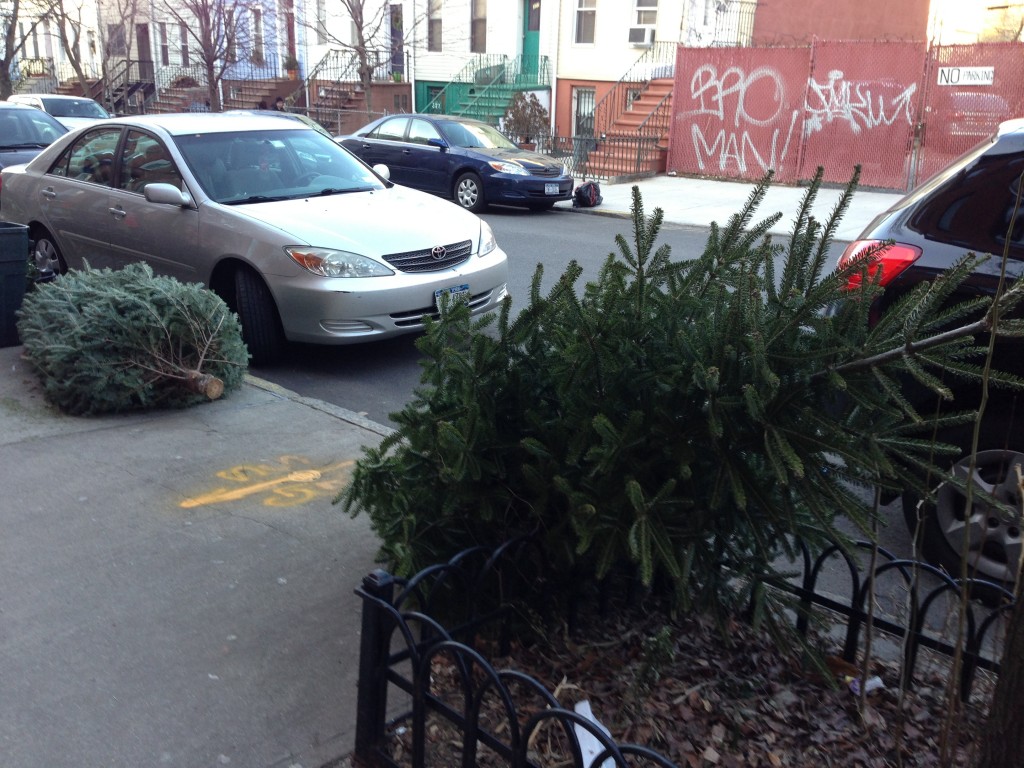
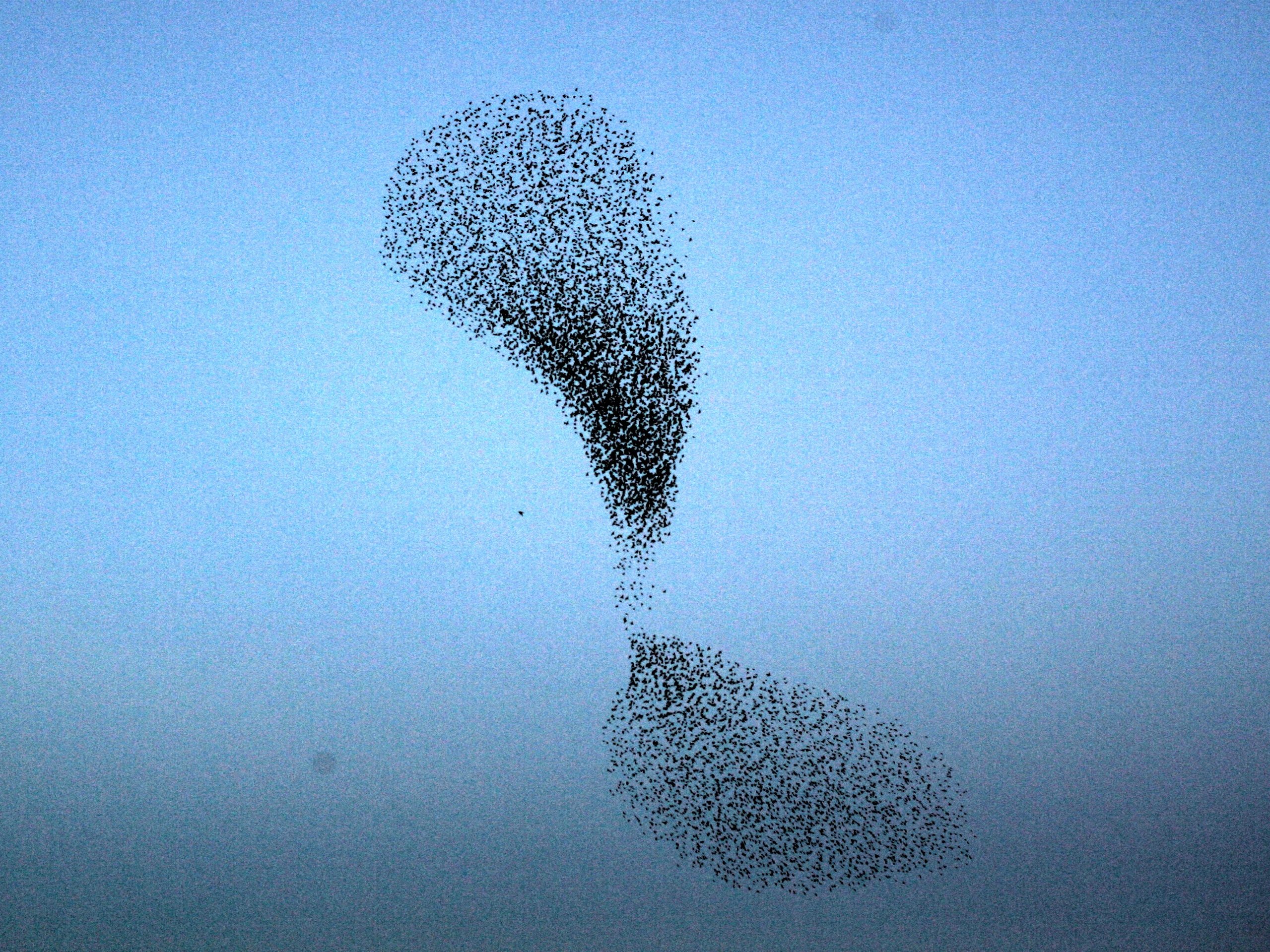
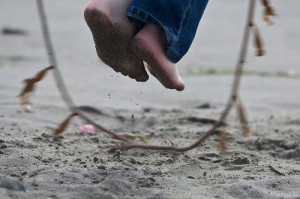 A science writer friend gave me these great nerdy baby
A science writer friend gave me these great nerdy baby 